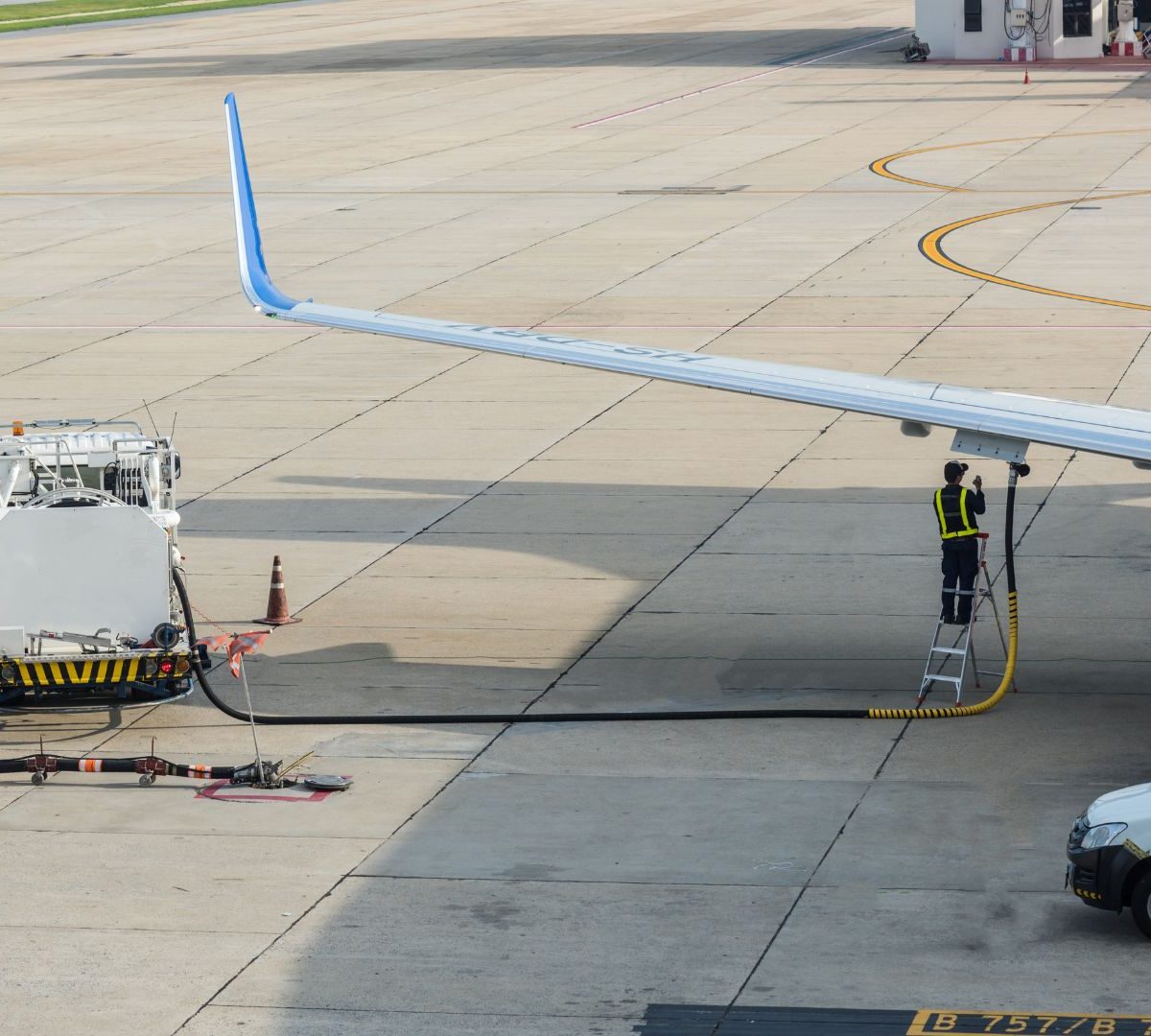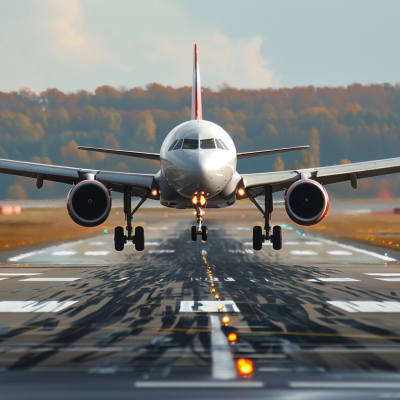Ever wondered how planes store enough fuel for long flights? It’s a tricky balance!
Too much fuel means extra weight and higher costs, while too little could spell disaster.
But don’t worry; aircraft designers have it all figured out.
This guide will explore the fascinating world of modern plane fuel compartments.
You’ll learn about the clever ways fuel is stored in the wings, the different types of tanks used, and how pilots manage fuel during flight.
Get ready to discover the ingenious engineering that keeps you flying high and safe.
Whether you’re a frequent flyer or just curious about aviation, this guide will give you a new appreciation for the marvels of modern aircraft design.
Let’s dive in and uncover the secrets of plane fuel compartments!
Addressing Pain Points in the Fuel System of the Aircraft
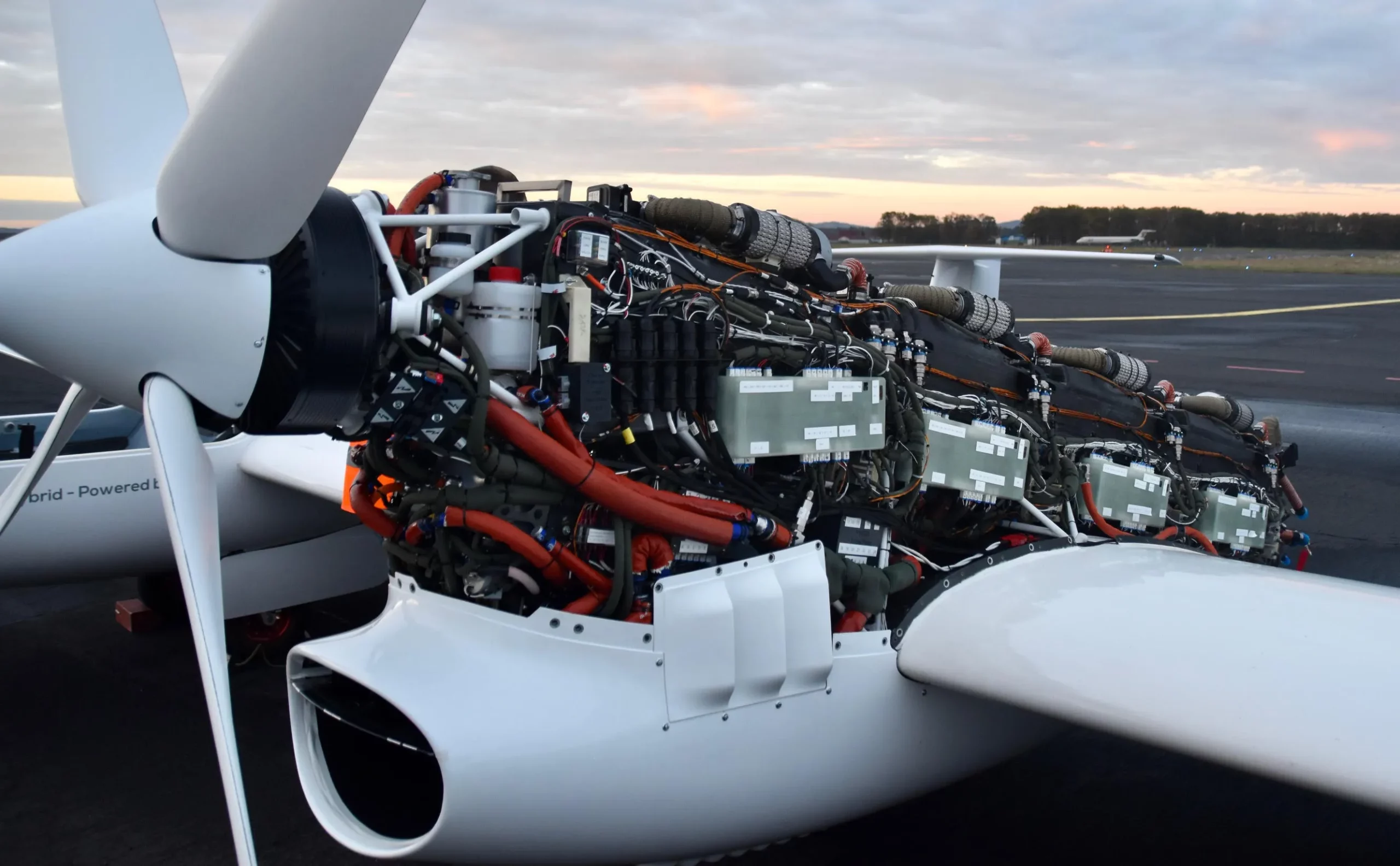
Modern aircraft fuel systems are essential for safe and efficient flight operations, addressing challenges through sophisticated design and proactive management.
These systems are central to ensuring even fuel usage and maintaining balance, helping pilots effectively manage the aircraft’s performance.
1. Fuel System Complexity
In modern aircraft, fuel is stored in multiple wings, fuselage, and tail section tanks. This placement helps maintain balance, improves safety, and optimizes fuel efficiency.
However, this complexity also introduces challenges in fuel management.
Challenges in Fuel System Management
Having multiple fuel tanks requires precise monitoring and control of fuel distribution during different flight phases.
Pilots and fuel systems must work together to ensure that fuel is used evenly and that the aircraft remains balanced.
Risk of Component Failure
A failure in any part of the fuel system, such as a pump or valve, can have serious consequences.
For example, a malfunctioning pump could lead to fuel starvation in an engine, while a stuck valve might cause an imbalance that affects the plane’s handling.
Case Studies/Safety Incidents
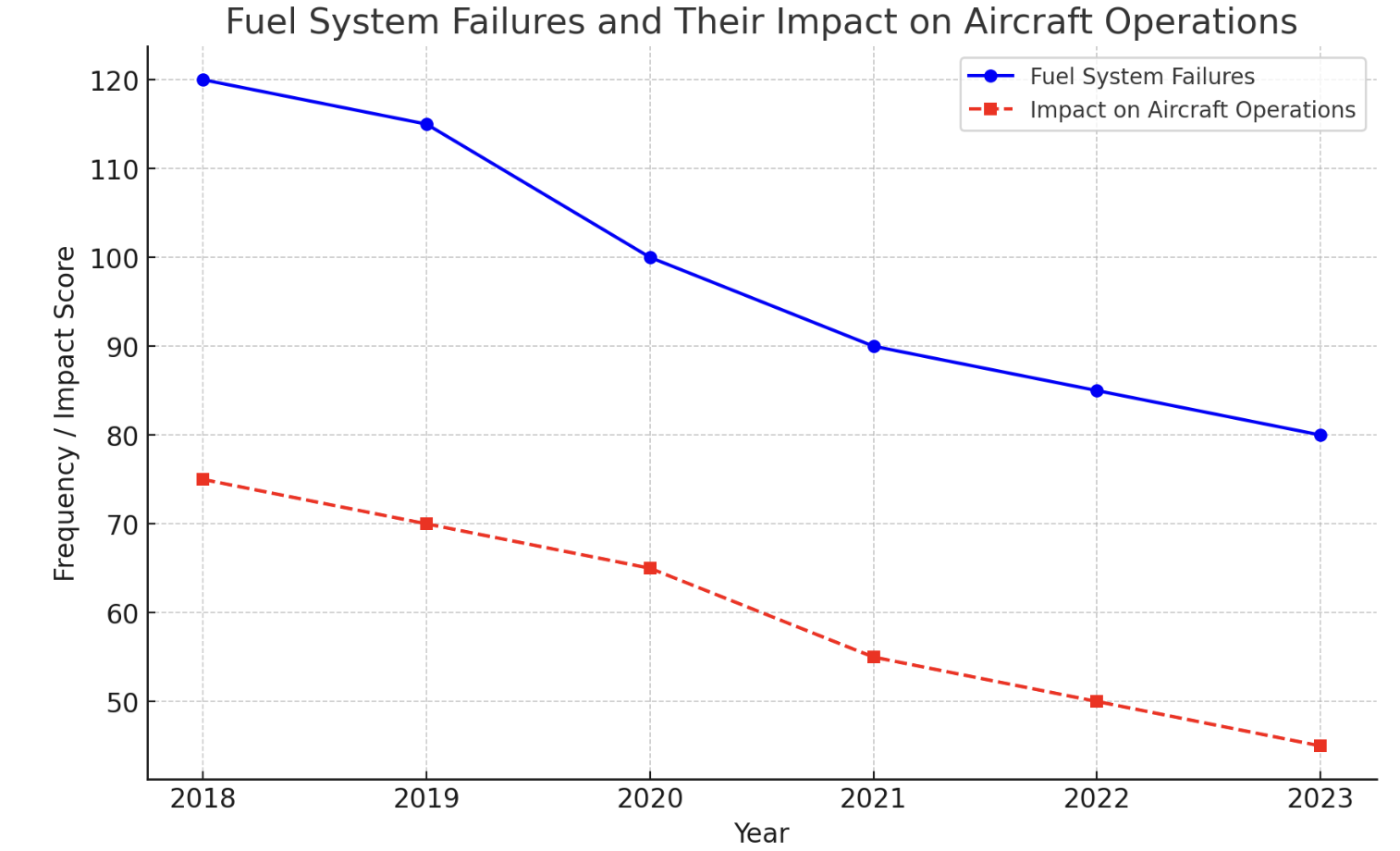
In 2001, Air Transat Flight 236 ran out of fuel over the Atlantic Ocean due to a fuel leak, forcing the pilots to glide the plane to an emergency landing.
This incident highlights the importance of addressing fuel system complexities and implementing robust safety measures.
2. Fuel Management
Essential Aspects of Fuel Management
Effective fuel management involves a combination of gravity-feed systems, multiple pumps, and automated fuel transfer mechanisms.
These components work together to ensure fuel is delivered reliably and efficiently to the engines.
Importance of Meticulous Planning
Pilots and ground crews must plan meticulously to manage fuel loads, balance, and consumption rates.
This planning involves considering route, weather conditions, and payload to determine the optimal fuel distribution and ensure sufficient reserves.
Technological Aids and Innovations
Modern fuel management systems use advanced sensors and automation to monitor fuel levels, detect leaks, and automatically adjust fuel distribution.
These technological aids have greatly improved the reliability and efficiency of fuel management in aircraft.
Training and Procedures
Pilots and maintenance crews undergo extensive training to handle the complexities of aircraft fuel systems.
Standard operating procedures, including regular inspections and emergency protocols, help ensure fuel systems are managed safely and effectively.
Addressing the pain points associated with aircraft fuel systems is crucial for maintaining safety and efficiency in flight operations.
Ongoing technological advancements, combined with rigorous training and adherence to established procedures, help pilots and ground crews manage these complex systems effectively, minimizing risks and ensuring optimal performance.
Types of Aircraft Fuel Compartments
| Fuel Tank Type | Characteristics | Advantages | Common Uses |
|---|---|---|---|
| Integral | Built into the wing or fuselage | Reduces weight, enhances structure | Large commercial aircraft |
| Bladder | Flexible material, conformable | Fits irregular spaces, easy maintenance | Smaller planes, special applications |
| Rigid Removable | Made from metals or composites | Easily repairable, durable | Older aircraft models, general aviation |
Modern aircraft employ various types of fuel compartments to store and manage fuel efficiently and safely.
These compartments are crucial in enhancing the aircraft’s performance, range, and overall safety.
Understanding the different types of fuel compartments is essential for appreciating the complex engineering behind modern aircraft design.
1. Integral (Wing) Fuel Compartments
Integral fuel tanks are built into the aircraft’s wing structure, serving as fuel storage and structural components. This design is commonly found in many modern aircraft.
Weight Reduction
- By integrating the fuel tank within the wing structure, aircraft designers can reduce the aircraft’s overall weight.
- This leads to improved fuel efficiency and better performance.
Structural Benefits
- Storing fuel in the wings provides additional rigidity to the aircraft’s structure.
- The fuel helps distribute the stress evenly across the wing during flight, enhancing the aircraft’s safety.
2. Bladder (Flexible) Fuel Compartments
Bladder fuel tanks are made from flexible, reinforced materials that can conform to the available space within the aircraft.
These tanks are versatile and can be used in various aircraft designs.
Flexibility
- The bladder tanks’ flexible nature allows them to fit into irregular spaces within the aircraft.
- Maximizing fuel capacity without compromising the aircraft’s design.
Maintenance Benefits
- Bladder tanks can be easily removed and replaced for inspection and repair.
- This simplifies maintenance procedures and helps keep the aircraft operational and safe.
3. Rigid Removable Tanks
Rigid removable tanks are typically made from aluminum or advanced composites.
These tanks are more common in older and smaller general aviation aircraft models.
Repairability
- In case of damage or leaks, rigid removable tanks can be detached from the aircraft and repaired off-site.
- This reduces the aircraft’s downtime and allows for more efficient maintenance.
Material Benefits
Modern rigid tanks are often made from advanced materials that offer excellent durability while keeping the tanks lightweight, contributing to overall aircraft performance.
Comparison and Usage of Different Fuel Compartments
The choice of fuel compartment type depends on various factors, such as aircraft size, mission requirements, and design constraints.
Integral wing tanks are common in larger, modern aircraft due to their structural and weight-saving benefits. Bladder tanks are often used in smaller aircraft or areas with limited space.
Rigid removable tanks are still found in older aircraft models and smaller general aviation planes.
The selection of fuel compartment type significantly impacts the aircraft’s overall design and performance.
Aircraft designers must carefully consider the trade-offs between fuel capacity, weight, maintainability, and safety when choosing the most appropriate fuel compartment solution for a given aircraft.
Fuel Distribution and Safety in Airplanes
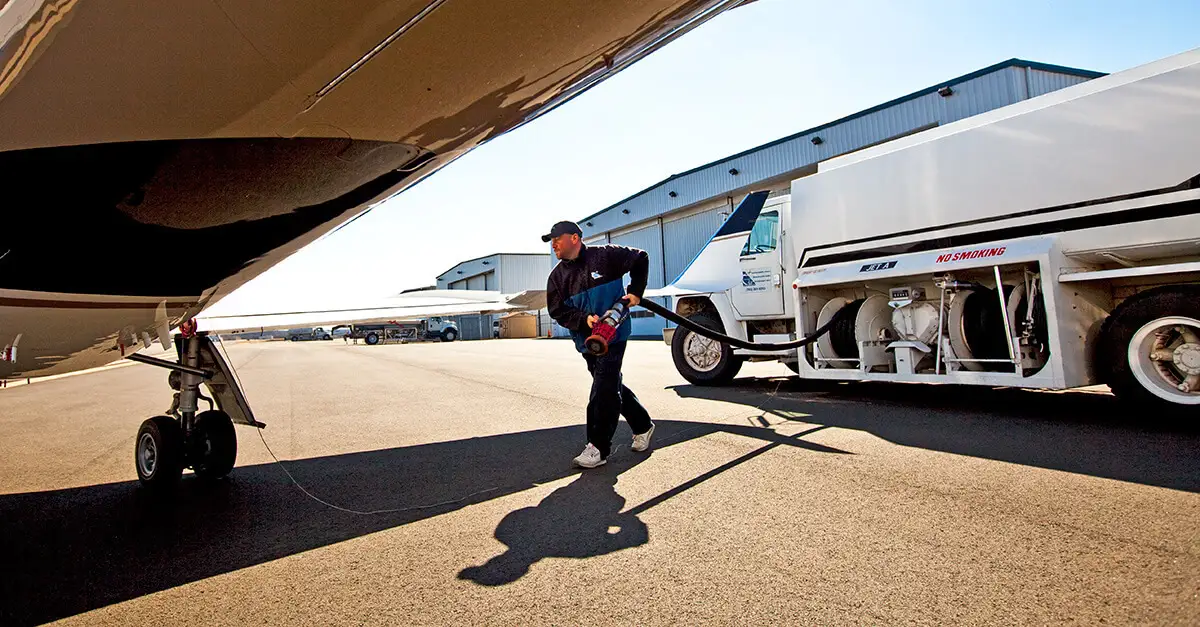
Fuel distribution systems play a critical role in maintaining aircraft safety and performance.
These systems ensure fuel is delivered to the engines efficiently and reliably, even under varying flight conditions.
Proper fuel management and leak detection are essential for the safe operation of any aircraft.
1. Fuel Management
Balancing
Maintaining balance in fuel distribution across different tanks is crucial for ensuring the aircraft’s stability and efficiency.
Uneven fuel distribution can affect the aircraft’s center of gravity, leading to handling issues and increased fuel consumption.
Pilots and automated systems monitor and manage fuel balance throughout the flight.
Transferring
During a flight, fuel may need to be transferred between tanks to maintain balance and optimize fuel consumption.
This is accomplished using pumps and valves controlled by the pilot or automated systems.
Transferring fuel helps manage weight distribution and ensures that the engines receive a steady fuel supply.
Isolating Tanks
Fuel tanks may need to be isolated in certain situations, such as during specific flight phases or in case of a malfunction.
Isolating a tank means closing off its connection to the engines and other tanks, ensuring that any potential contaminants or leaks do not affect the entire fuel system.
This helps to maintain a secure and uncontaminated fuel supply to the engines.
2. Impact on Flight Performance
Gravity-Feed Limits
Some aircraft rely on gravity-feed fuel systems, where fuel flows from the tanks to the engines without using pumps.
However, these systems have limitations, particularly during high-altitude flights.
As atmospheric pressure decreases with altitude, the effectiveness of gravity-feed systems diminishes, and fuel flow to the engines may become restricted.
Pilots need to be aware of these limits and plan accordingly.
Performance Adjustments
The aircraft’s weight distribution changes as fuel is consumed during a flight.
This can affect the aircraft’s handling characteristics and fuel efficiency.
Pilots and automated systems adjust to compensate for these changes, such as trimming the aircraft’s control surfaces or adjusting engine settings.
These adjustments help to maintain optimal performance and fuel efficiency throughout the flight.
Fuel Leak Detection and Mitigation in Airplanes
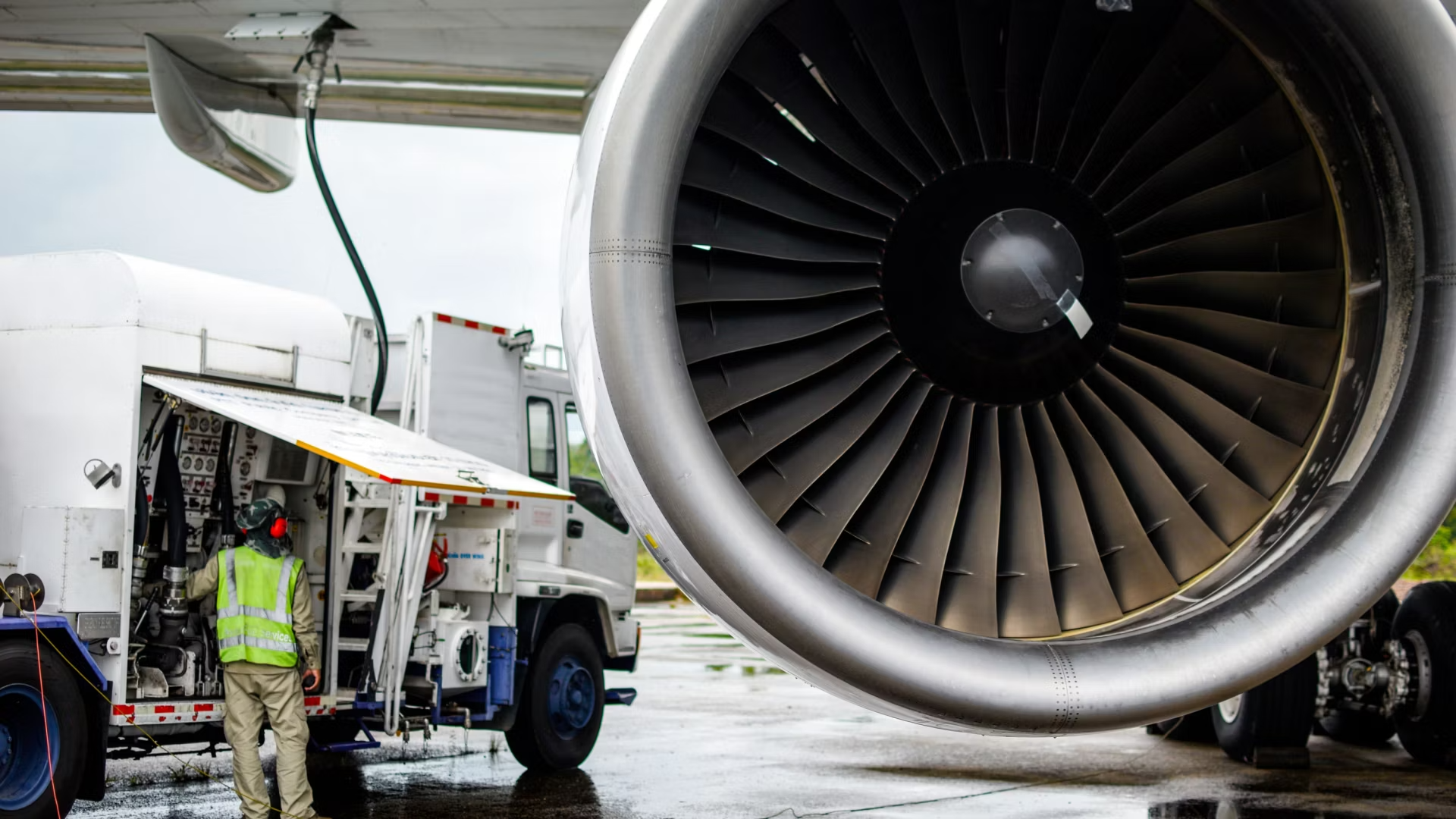
1. Leak Detection Techniques
Modern aircraft are equipped with sophisticated leak detection systems to identify fuel leaks quickly and accurately.
These systems use sensors and monitoring equipment to detect changes in fuel pressure, flow rates, and tank levels.
If a leak is detected, the system alerts the pilots and ground crew, allowing them to take appropriate action.
2. From Engines or Tanks
Fuel leaks can occur in different parts of the aircraft, each presenting unique challenges for detection and mitigation.
Engine fuel leaks are particularly critical, as they can lead to engine failure or even fire.
Leaks from fuel tanks can cause imbalances and affect the aircraft’s stability.
Detecting the precise location and nature of the leak is essential for determining the appropriate response.
3. Misidentification Risks
Misidentifying the source or nature of a fuel leak can have serious consequences.
If a leak is incorrectly attributed to a particular system or component, attempts to address the issue may be ineffective or even counterproductive.
Misidentification can lead to delays in resolving the problem, increased safety risks, and potential damage to the aircraft.
4. Troubleshooting Procedures
Pilots and maintenance crews follow specific troubleshooting procedures when a fuel leak is suspected to identify and resolve the issue safely.
These procedures involve systematically isolating different parts of the fuel system, checking for proper operation of pumps and valves, and visually inspecting components for signs of damage or wear.
By adhering to established protocols, crews can quickly and effectively address fuel leaks while minimizing risks.
5. Safety Protocols
Maintaining the integrity and safety of fuel distribution systems requires strict adherence to safety protocols.
Regular maintenance, inspections, and training are essential for ensuring that all components function properly and that crews are prepared to handle fuel-related emergencies.
By prioritizing safety and following established procedures, the risks associated with fuel distribution can be effectively managed.
6. Advancements in Safety
As technology advances, new systems and procedures are being developed to enhance further aircraft fuel distribution safety and efficiency.
These advancements include improved leak detection sensors, automated fuel management systems, and more durable and lightweight fuel tank and line materials.
By staying at the forefront of these developments, the aviation industry continues to make significant strides in ensuring the safety of passengers and crew.
Conclusion
In conclusion, understanding the intricacies of modern aircraft fuel compartments is crucial for aviation enthusiasts and professionals.
From the various types of fuel tanks to the complex fuel management systems, every component plays a vital role in ensuring the safety and efficiency of flight operations.
By recognizing the potential pain points and the importance of regular maintenance and inspection, we can better appreciate the engineering marvels that keep our planes in the sky.
As technology continues to advance, we can expect even more innovative solutions in aircraft fuel system design and management.
So the next time you board a plane, take a moment to consider the incredible feat of engineering, which is the modern aircraft fuel system, and the dedicated professionals who work tirelessly to keep you flying safely.
To learn more about where fuel is stored in a plane and how these complex systems work together to keep you flying safely, explore our comprehensive guide on aircraft fuel compartments.
We cover everything from wing tanks to bladder tanks and everything in between!
Frequently Asked Questions
What Are the Different Types of Fuel Compartments Commonly Used in Modern Aircraft?
Modern aircraft fuel compartments include integral tanks (within wings/fuselage) and bladder tanks (flexible, removable) to efficiently store, balance, and transport aviation fuel for various flight requirements.
How Does Fuel Balancing Affect Aircraft Stability and Performance?
Proper fuel balancing ensures aircraft stability by maintaining the center of gravity within safe limits, preventing lateral imbalances that could affect flight control and overall performance.
What Are the Primary Methods Used to Transfer Fuel Between Tanks During Flight?
Pumps and valves transfer fuel between tanks, managing consumption and weight distribution. This ensures uninterrupted supply to engines while optimizing aircraft balance and performance.
What Technologies Are Used for Detecting Fuel Leaks in Aircraft Tanks and Engines?
Sensors and monitoring systems identify potential leaks in tanks and engines, alerting crews to abnormal pressure drops or fluid levels for quick troubleshooting.
What Standard Troubleshooting Procedures Should be Followed When a Fuel Leak is Suspected?
Isolate affected tanks or systems, inspect connections and valves, and perform pressure checks to confirm the leak’s location and severity before safe fuel


